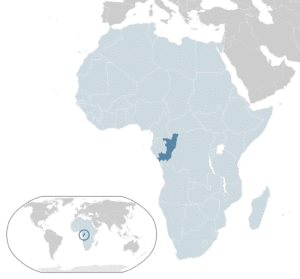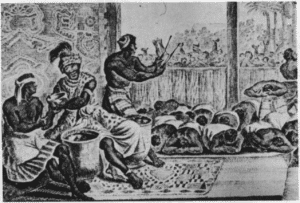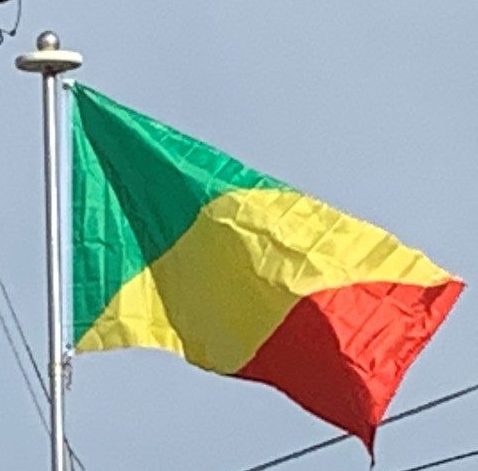Introduction:
The Republic of the Congo, also known as Congo-Brazzaville, the Congo Republic, RotC, or simply the Congo, is a country located in the western coast of Central Africa. It is bordered by five countries: Gabon to its west; Cameroon to its northwest and the Central African Republic to its northeast; the Democratic Republic of the Congo to the southeast and the Angolan exclave of Cabinda to its south; and the Atlantic Ocean to its southwest.

The region was dominated by Bantu-speaking tribes at least 3,000 years ago, who built trade links leading into the Congo River basin. Congo was formerly part of the French colony of Equatorial Africa. The Republic of the Congo was established on the 28th of November 1958 but gained independence from France in 1960. The sovereign state has had multi-party elections since 1992, although a democratically elected government was ousted in the 1997 Republic of the Congo Civil War, and President Denis Sassou Nguesso, who first came to power in 1979, has ruled for 35 of the past 40 years.
The Republic of the Congo has become the fourth-largest oil producer in the Gulf of Guinea, providing the country with a degree of prosperity despite political and economic instability in some areas and unequal distribution of oil revenue nationwide. Congo’s economy is heavily dependent on the oil sector, and economic growth has slowed considerably since the post-2015 drop in oil prices.
History:
Pre-Colonial:
Bantu-speaking peoples who founded tribes during the Bantu expansions largely displaced and absorbed the earliest inhabitants of the region, the Pygmy people, about 1500 BC. The Bakongo, a Bantu ethnic group that also occupied parts of present-day Angola, Gabon, and the Democratic Republic of the Congo, formed the basis for ethnic affinities and rivalries among those countries. Several Bantu kingdoms—notably those of the Kongo, the Loango, and the Teke—built trade links leading into the Congo River basin.

The Portuguese explorer Diogo Cão reached the mouth of the Congo in 1484. Commercial relationships quickly grew between the inland Bantu kingdoms and European merchants who traded various commodities, manufactured goods, and people captured from the hinterlands. After centuries as a major hub for transatlantic trade, direct European colonization of the Congo river delta began in the late 19th century, subsequently eroding the power of the Bantu societies in the region.
French Colonial Era:
The area north of the Congo River came under French sovereignty in 1880 as a result of Pierre de Brazza’s treaty with King Makoko of the Bateke. This Congo Colony became known first as French Congo, then as Middle Congo in 1903. In 1908, France organized French Equatorial Africa (AEF), comprising Middle Congo, Gabon, Chad, and Oubangui-Chari (the modern Central African Republic). The French designated Brazzaville as the federal capital. Economic development during the first 50 years of colonial rule in Congo centered on natural-resource extraction. The methods were often brutal: construction of the Congo–Ocean Railroad following World War I has been estimated to have cost at least 14,000 lives.
